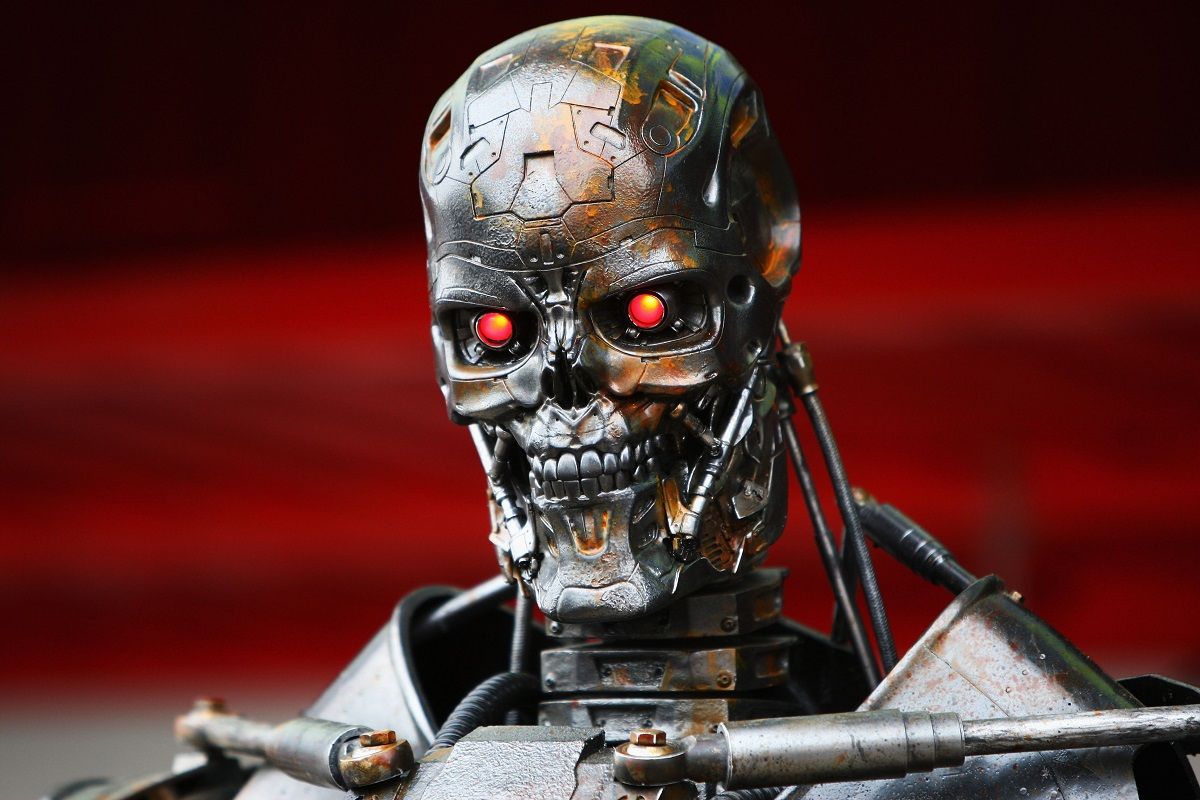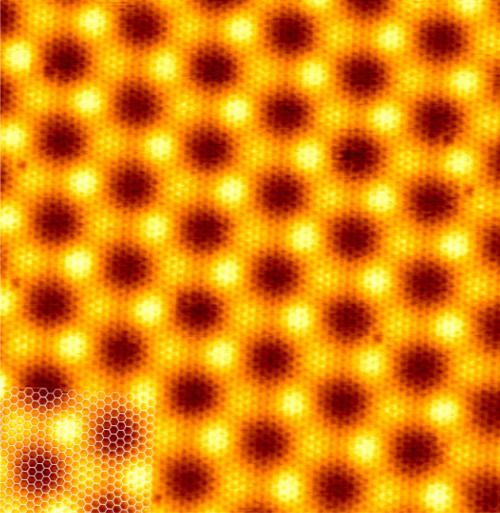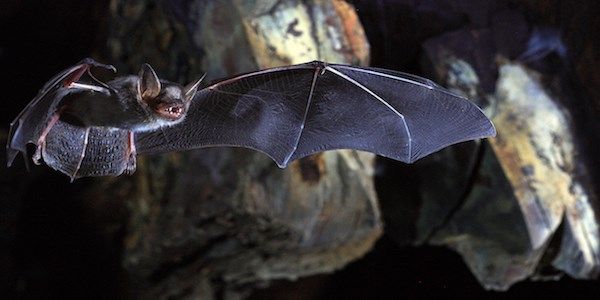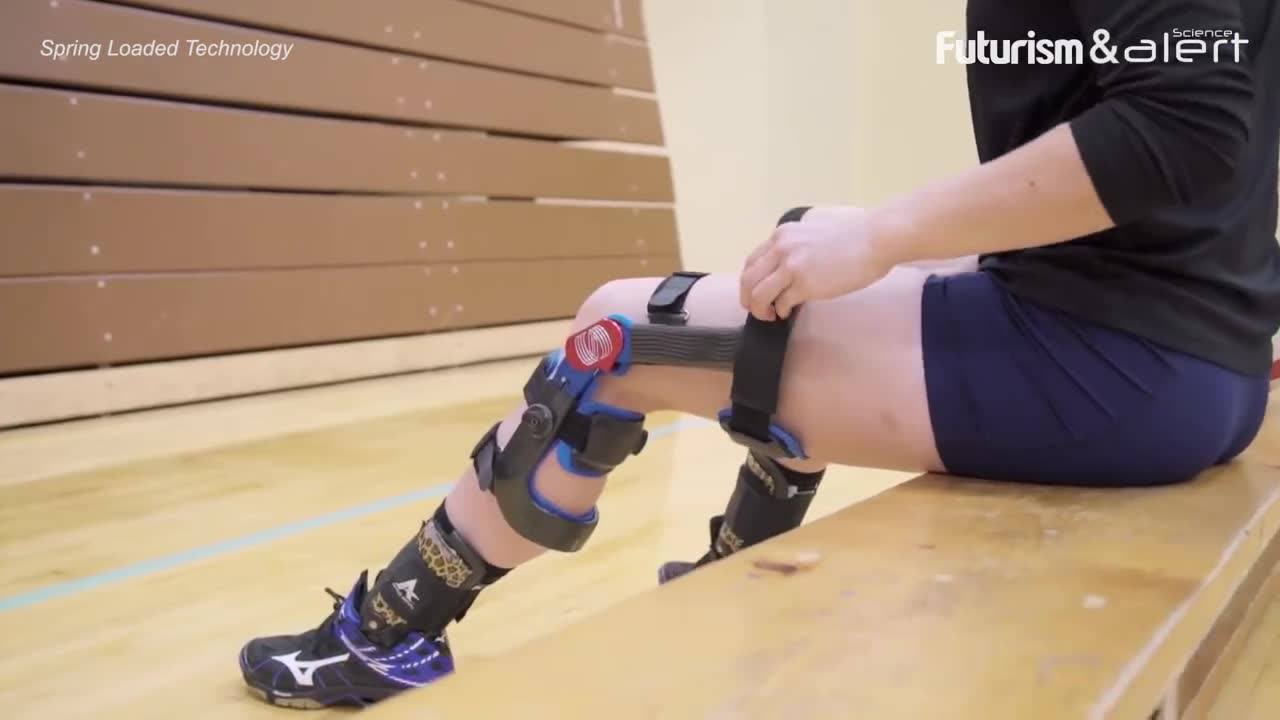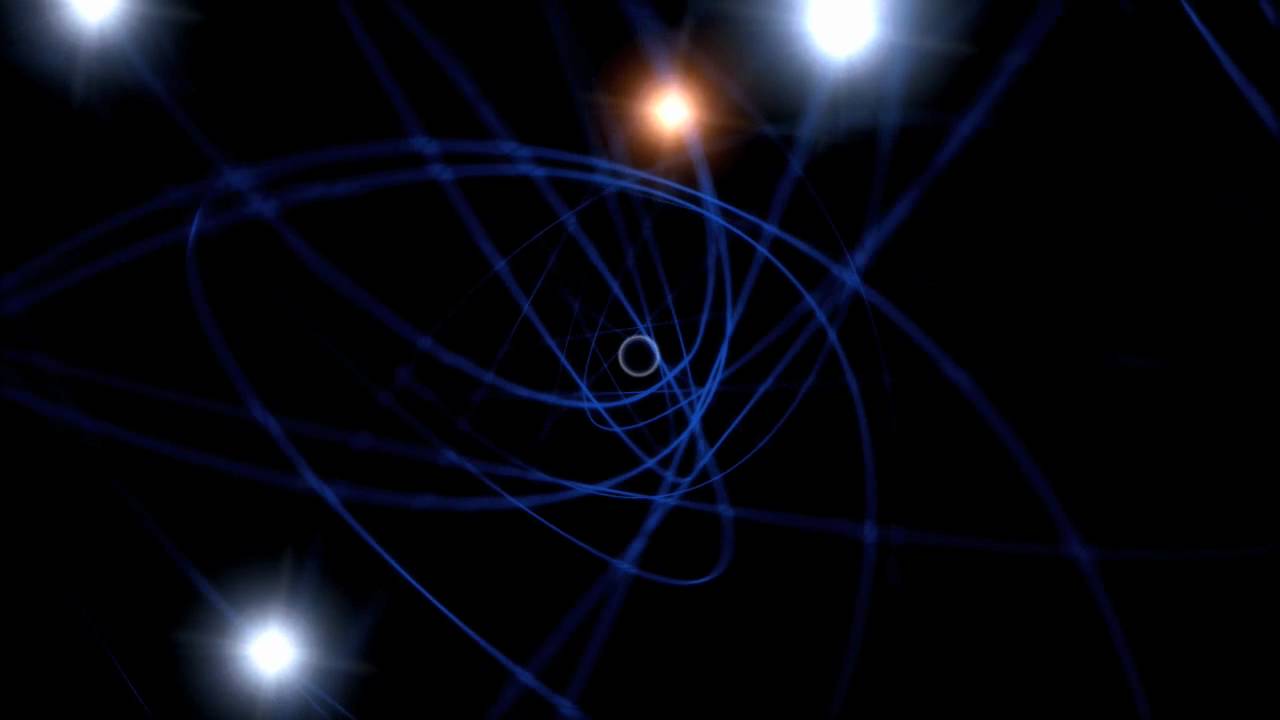Monthly summary of the cancer treatment advances, longevity science and other medical discoveries reported during February 2018.
Castle Bravo was the first in a series of high-yield thermonuclear weapon design tests conducted by the United States at Bikini Atoll, Marshall Islands, as part of ‘Operation Castle’.
The operation’s ultimate objective was to test designs for a powerful nuclear weapon that could be delivered by aircraft.
Detonated on March 1st 1954, Castle Bravo remains the most powerful nuclear device detonated by the United States.
The researchers also suggested that aliens could “gift” us with an artificial intelligence (AI) system that may trick humans into developing self-replicating nanobots and eventually deploy them to wreak havoc on our planet. The researchers argue that it would be cheaper for aliens to “send a malicious message to eradicate humans compared to sending battleships”.
In one scenario, the researchers argued that a message from aliens could be a panic-inducing statement like “We will make your sun go supernova tomorrow”. According to the researchers, if such a threatening message is received in just one location, it may be possible to contain and even destroy it. “If it is received repeatedly, perhaps even by amateurs, containment is impossible,” the researchers wrote in a paper available online on arXiv.
In another scenario, the scientists argue that humans could be tricked into begetting their own demise by aliens offering the “gift” of knowledge. For instance, aliens could transmit a message that reads: “We are friends. The galactic library is attached. It is in the form of an artificial intelligence (AI) which quickly learns your language and will answer your questions. You may execute the code following these instructions…”
A team of astronomers led by Prof. Judd Bowman of Arizona State University unexpectedly stumbled upon “dark matter,” the most mysterious building block of outer space, while attempting to detect the earliest stars in the universe through radio wave signals, according to a study published this week in Nature.
The idea that these signals implicate dark matter is based on a second Nature paper published this week, by Prof. Rennan Barkana of Tel Aviv University, which suggests that the signal is proof of interactions between normal matter and dark matter in the early universe. According to Prof. Barkana, the discovery offers the first direct proof that dark matter exists and that it is composed of low-mass particles.
WASHINGTON ― Rapid advances in artificial intelligence and military robotics have some concerned that the development of Terminator-like killer robots will be humankind’s downfall. But that doesn’t seem to worry Eric Schmidt, the former executive chairman of Google parent company Alphabet, who addressed the impact of technology on democracy at the Feb. 16–18 Munich Security Conference.
As hemp makes a comeback in the U.S. after a decades-long ban on its cultivation, scientists are reporting that fibers from the plant can pack as much energy and power as graphene, long-touted as the model material for supercapacitors. They’re presenting their research, which a Canadian start-up company is working on scaling up, at the 248th National Meeting & Exposition of the American Chemical Society (ACS).
David Mitlin, Ph.D., explains that supercapacitors are energy storage devices that have huge potential to transform the way future electronics are powered. Unlike today’s rechargeable batteries, which sip up energy over several hours, supercapacitors can charge and discharge within seconds. But they normally can’t store nearly as much energy as batteries, an important property known as energy density. One approach researchers are taking to boost supercapacitors’ energy density is to design better electrodes. Mitlin’s team has figured out how to make them from certain hemp fibers—and they can hold as much energy as the current top contender: graphene.
“Our device’s electrochemical performance is on par with or better than graphene-based devices,” Mitlin says. “The key advantage is that our electrodes are made from biowaste using a simple process, and therefore, are much cheaper than graphene.”
The longest-lived bats—those belonging to the Myotis genus—may have their telomeres to thank for their slow aging process, according to a study published yesterday (Feb 7) in Science Advances.
“In the longest-lived species of bats telomeres don’t shorten with age,” study coauthor Emma Teeling, a professor of biology and environmental science at University College Dublin, tells The Irish Times. “Whereas in other bats species, humans and other animals they do, causing the age-related breakdown of cells that over the course of a lifetime can drive tissue deterioration and ultimately death.”
Teeling and her colleagues conducted wing biopsies on close to 500 bats of four different species at field sites across Europe. Tissue analysis revealed that while the telomeres shortened with age in two bat species, Rhinolophus ferrumequinum and Miniopterus schreibersii, no such change occurred in species belonging to Myotis, the bat genus with the greatest longevity.
World’s First Bionic Knee Brace
Posted in cyborgs, transhumanism
In a few months, astronomers are going to be pointing their telescopes to Sagittarius A*, the supermassive black hole at the centre of our galaxy.
That’s because it’s going to be buzzed by a closely orbiting star — providing another context for testing Einstein’s theory of general relativity.
The star is called S0-2, one of a class of stars known as S-stars (not to be confused with S-type stars) that closely orbit Sgr A*, which has an estimated mass of around 4.3 million Suns.





